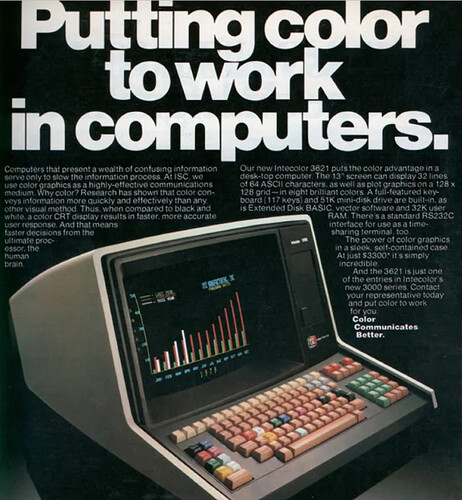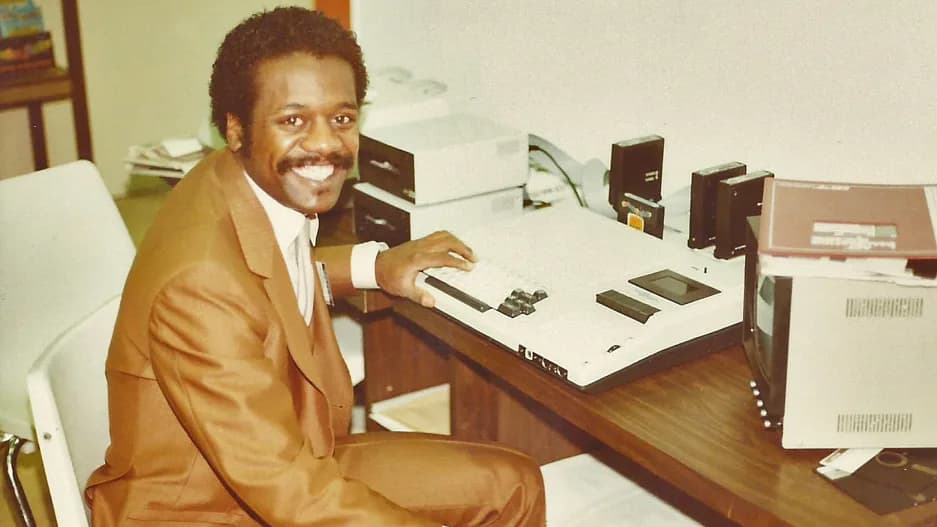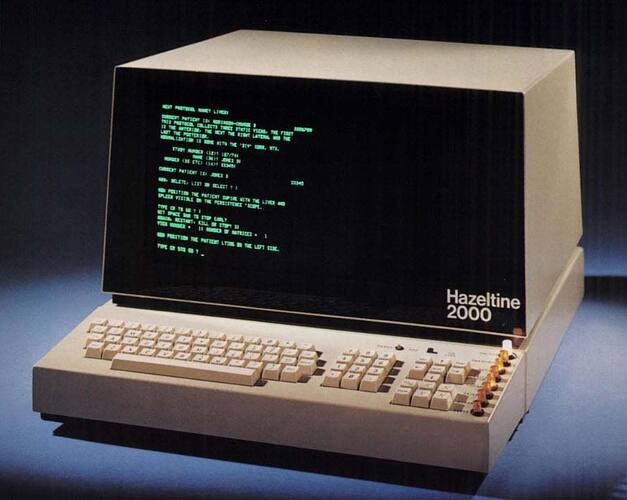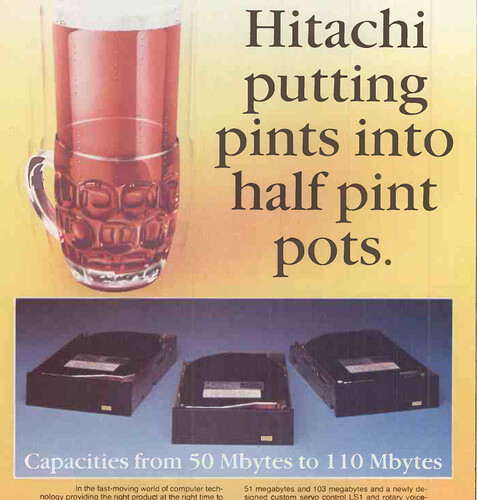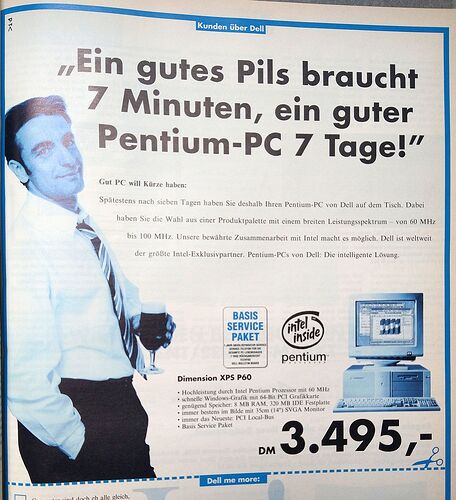Great story.
l was most taken with the PeCos One, the only microcomputer to have JOSS built-in. Wow! Unfortunately, it sounds like it flopped quickly. I see the computer’s design stayed with the idea of using tape drives (two of them). APF was really stuck on that idea. It sounds like they should’ve listened to their engineers. The article seems to imply they were pressing management to offer disk drives. Unfortunately, the article doesn’t talk about the reason they didn’t go for that. Maybe it was simply to keep the price down. Adding disk drives increased the cost of a system quite a bit. It noted that Apple’s drives were cheap. Do you have any historical price information on that? My impression was that all disk drives were expensive, but I could be mistaken. Plus, you typically needed enough memory to load a disk driver, and memory was expensive. This was the case with Apples, and every other computer, except Commodore, which went the route of putting the DOS in ROM, in the disk drive, enabling it to take up no memory on the computer. Though, that meant that the disk drive had to be a computer itself, making it like buying another computer.
I suppose the reason Apple’s drives could’ve been cheaper was they didn’t have drive controller hardware. The Apple computer acted as the controller through software. This requires memory, though, in addition to the DOS that’s loaded.
Kind of interesting the article called JOSS a “defense contractor programming language.” Eh, yeah, RAND Corp. is a defense contractor, but it’s a think tank. They don’t make weapons systems. JOSS is obscure. I’ll give the article that. I hadn’t really heard of it until probably 14 years ago. The intent with it was not just for defense work (which I’m sure it could do). The reason it’s beloved by some computing luminaries is because of its language and user interface design. It wasn’t stodgy and bureaucratic, like you’d expect from the description the article gives it. It was even whimsical. If you typed a syntax error, it would respond,
“Eh?”
Not even Applesoft Basic, the friendliest Basic I used in that era, would do that.
There’s some good video online demonstrating how to program in JOSS, how code was organized, and what you could do with what I’d call “gestures.” They weren’t commands, but symbolic gestures, describing what you wanted. Hard to say how much of this was in the PeCos version.
It’s interesting to consider that even though people likely felt alienated from the PeCos because of JOSS, it had some language features that feel familiar to Basic programmers.
